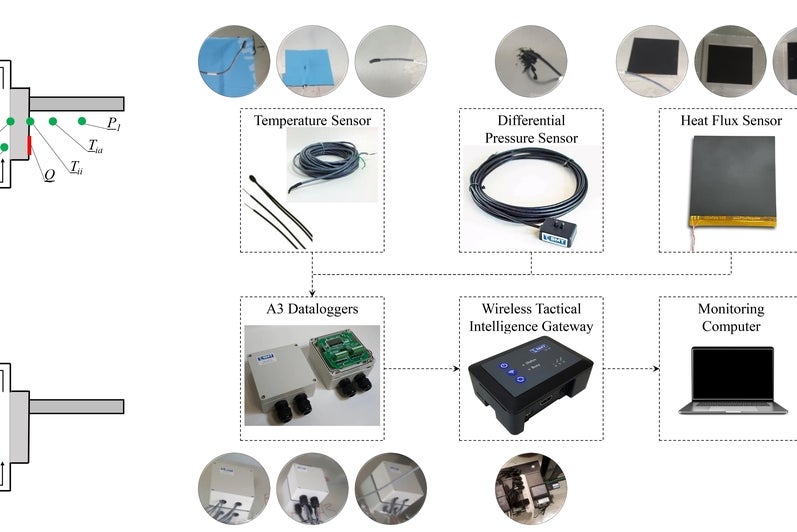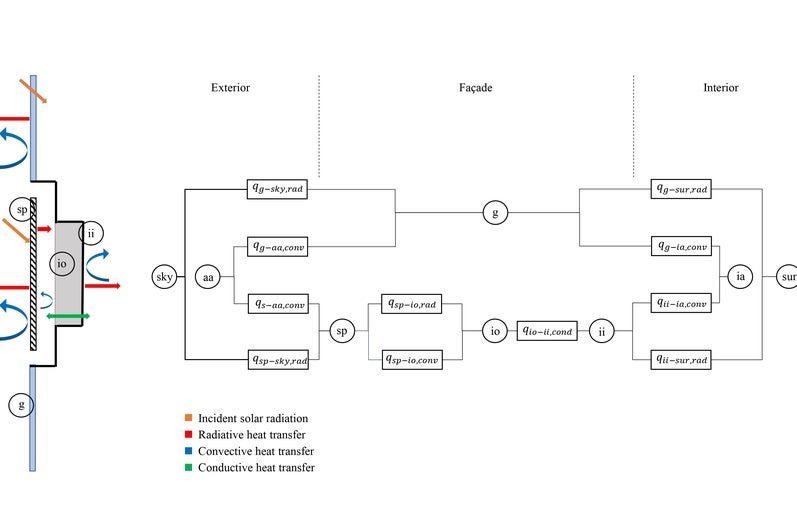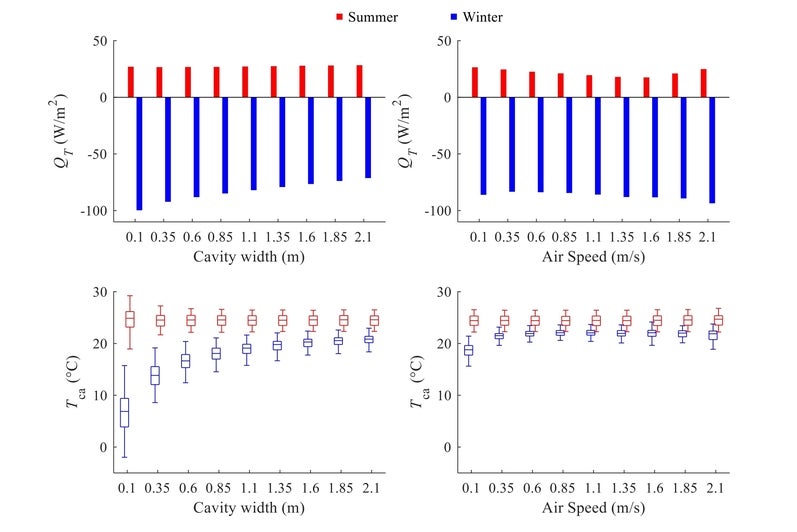To improve the thermal efficiency of an existing curtain wall within a physical building
Technology & Design
Mitacs
Description
Buildings are a significant contributor to global energy consumption, particularly in cold regions where heating is a primary concern. Double-Skin Façades have emerged as a promising passive building technology by reducing heating demand and enhancing thermal comfort. This study introduces a novel approach using a neural network-aided thermal model to improve the assessment of Double-Skin Façades. Annual real-time data was collected from an existing façade before conducting a sensitivity analysis to identify critical variables impacting heat loss through the façade. These variables were subsequently utilized to develop a heat transfer model for the existing façade. After validation against experimentally collected data, the model was updated for evaluating the proposed Double-Skin Façades. Evaluation under various conditions, including closed, natural ventilation, and mechanical ventilation scenarios, demonstrated the potential of Double-Skin Façades in reducing heat loss in cold regions. The developed heat transfer model showed significant accuracy, with minimal average errors of 0.20% in winter and 0.32% in summer. In winter, closed Double-Skin Façades significantly reduced heat loss by up to 24.65% compared to Single-Skin Façades. In summer, mechanically ventilated Double-Skin Façades reduced heat gain by up to 33.7% for a cavity airflow of 1.6 m/s.











